SOURCE: AFI


GRSE, a leading shipyard in India, has achieved another significant milestone with the commissioning of a new state-of-the-art test bed for marine diesel engines at its Diesel Engine Plant (DEP) in Ranchi. The inauguration ceremony was graced by Cmde PR Hari, IN (Retd.), CMD, GRSE, and DIG Subrato Ghosh, ICG (Retd.), Director (Personnel), GRSE, along with other senior officials of the organization.
The newly commissioned test bed is equipped with an indigenously built Water Brake Dynamometer capable of handling a rated capacity of 6.7 MW. This advanced facility will enable DEP to conduct full power trials of two diesel engines simultaneously, significantly enhancing its testing capabilities.
Continue readingSOURCE: AFI


In a significant boost to India’s defense manufacturing capabilities, Kalyani Strategic Systems Limited (KSSL) is set to establish a state-of-the-art manufacturing unit in Murranahalli, Madakasira, Andhra Pradesh. The project, supported by the Andhra Pradesh government, involves a massive investment of ?2,400 crore, reinforcing the state’s position as a hub for defense and aerospace industries.
The Andhra Pradesh government has allocated 1,000 acres of land for the facility, which will focus on the production of gun propellants and the development of an ammunition filling complex. The facility is expected to serve both domestic and export markets, contributing to India’s growing prominence as a defense manufacturing powerhouse under the Atmanirbhar Bharat initiative.
Continue readingSOURCE: IDRW.ORG.
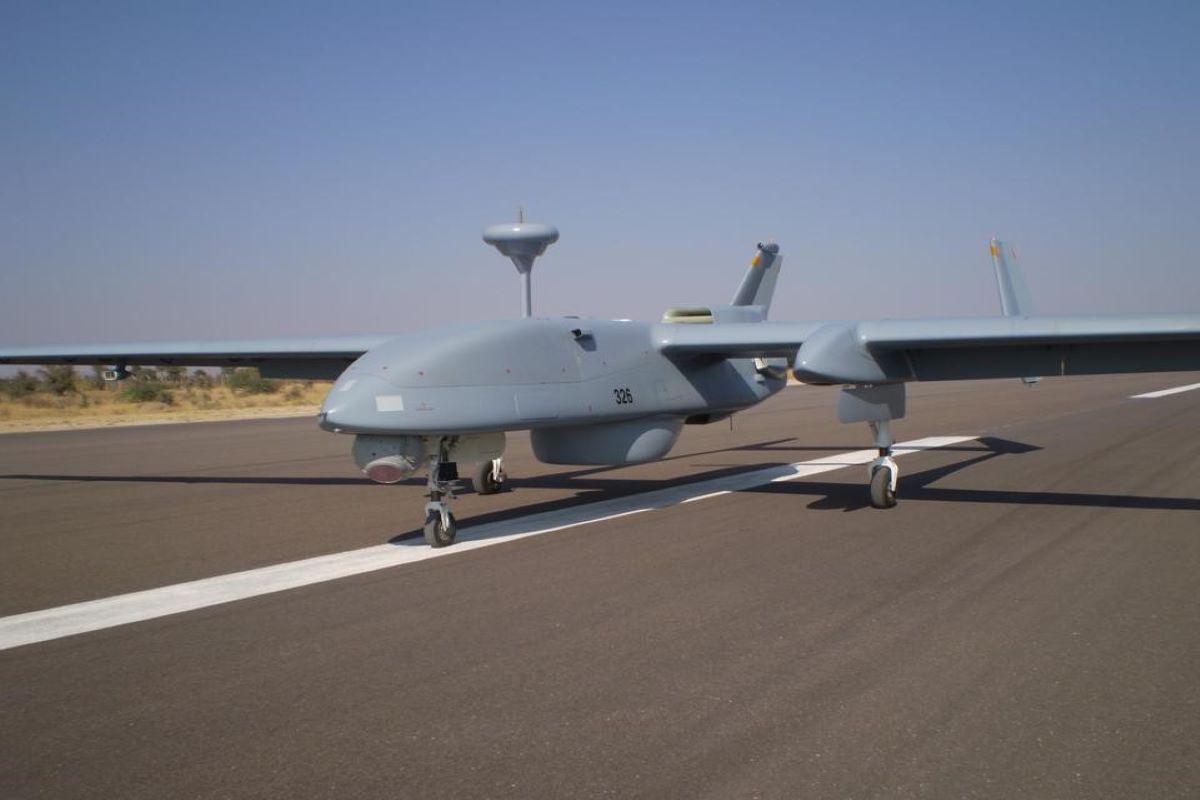

India’s Technology Development Fund (TDF) Scheme is set to play a critical role in enhancing the capabilities of Remotely Piloted Aircrafts (RPAs) by focusing on the design and development of advanced payloads. These new payloads aim to replace the legacy systems currently in use, addressing the increasing demands of modern warfare, surveillance, and reconnaissance operations. The project will significantly enhance the operational capability, efficiency, and mission readiness of RPAs, ensuring their effectiveness in dynamic and complex battlefield scenarios.
The RPAs in use today are equipped with older, legacy payloads that no longer meet the high standards required for contemporary military and surveillance tasks. These payloads have limitations, such as lower resolution, reduced operational range, and insufficient data processing capabilities, which hamper their performance in modern combat and intelligence-gathering roles. The need for upgrading these payloads has become more urgent, particularly as new technologies emerge and the demands of modern warfare evolve.
Continue readingSOURCE: IDRW.ORG.


The Indian Army has initiated a search for state-of-the-art unmanned “surveillance copters” capable of operating effectively in extreme and varied terrains, from expansive plains and arid deserts to the high-altitude reaches of mountainous regions exceeding 4,500 meters. These advanced drones, essential to the Army’s modernization efforts, are intended to bolster surveillance and intelligence capabilities along India’s challenging frontiers, especially in regions where conventional surveillance tools face operational limitations.
The Indian Army’s specifications for these drones reflect the unique operational demands of high-altitude regions, emphasizing resilience, versatility, and cutting-edge technology.
Continue readingSOURCE: AFI
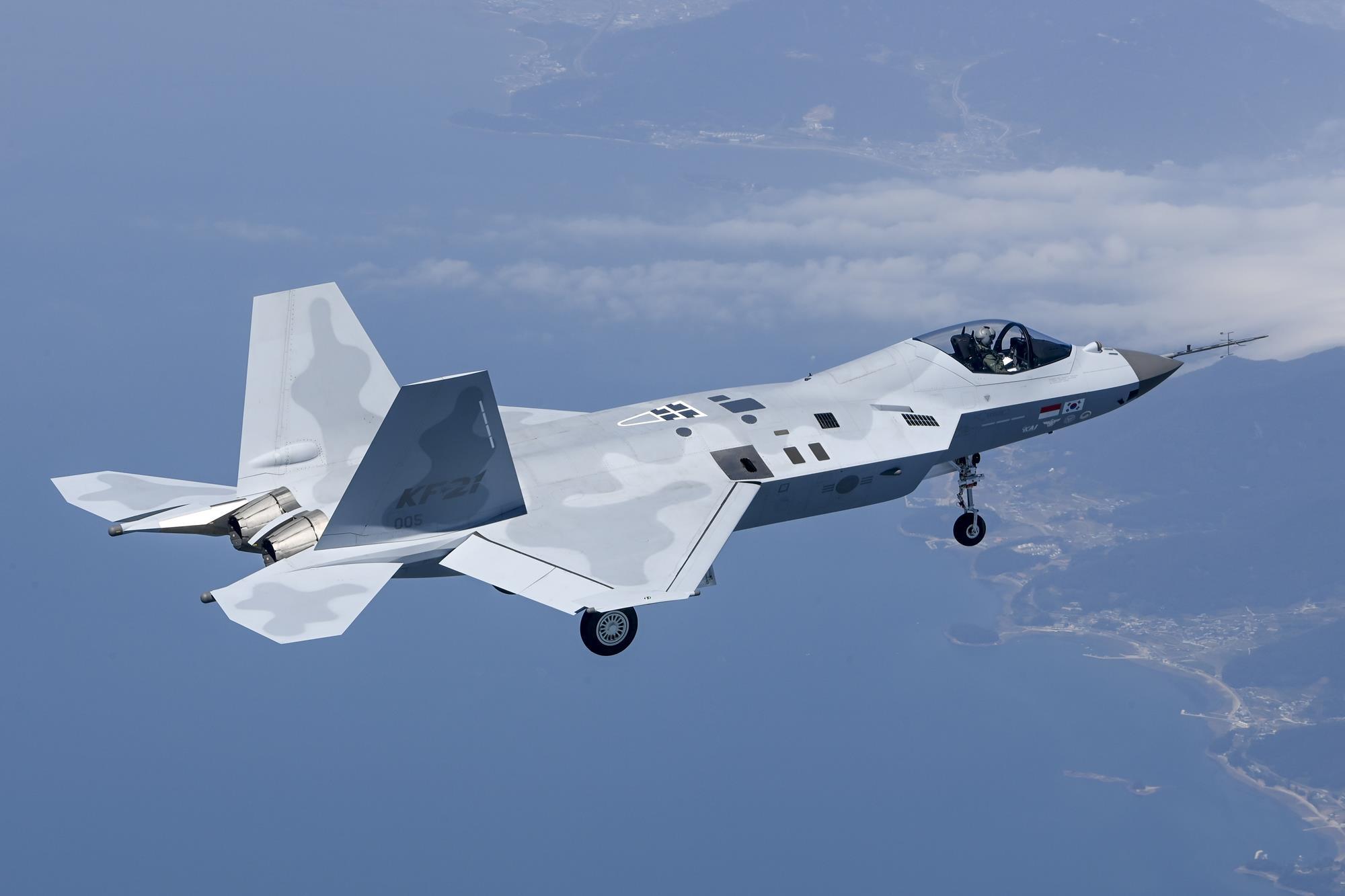

South Korea’s KF-21 Boramae program has reached a major milestone by completing 1,000 accident-free flight sorties since its maiden flight in July 2022. This accomplishment highlights the program’s efficiency and safety standards, reflecting the robust developmental and testing protocols implemented by South Korea’s defense industry. The milestone was achieved in just over two years, underscoring the program’s rapid progress and commitment to timelines.
During its developmental phase, the KF-21 has undergone diverse tests, demonstrating exceptional safety, reliability, and performance. These sorties covered structural integrity, avionics systems, aerodynamics, and advanced combat scenarios, ensuring the aircraft is ready for operational deployment. This achievement serves as a testament to South Korea’s engineering excellence and streamlined approach to fighter aircraft development.
Continue readingSOURCE: AFI


The Gas Turbine Research Establishment (GTRE), a premier laboratory under the Defence Research and Development Organisation (DRDO), celebrated its 63rd Lab Raising Day with grandeur, recognizing significant contributions to India’s aerospace ambitions. Among the honorees was Lakshmi Machine Works (LMW) Limited, lauded for its exceptional work in developing the gearbox module for a 50 kN thrust-class aero engine.
This milestone achievement underscores the synergy between GTRE and Indian industry partners in advancing indigenous aerospace technologies. The gearbox module, a critical component of jet engine systems, demands the highest precision and reliability, as it manages power transfer and operational efficiency in the aero engine. LMW’s success in delivering this module represents a leap forward in the indigenization of complex aeronautical systems.
Continue readingSOURCE: AFI
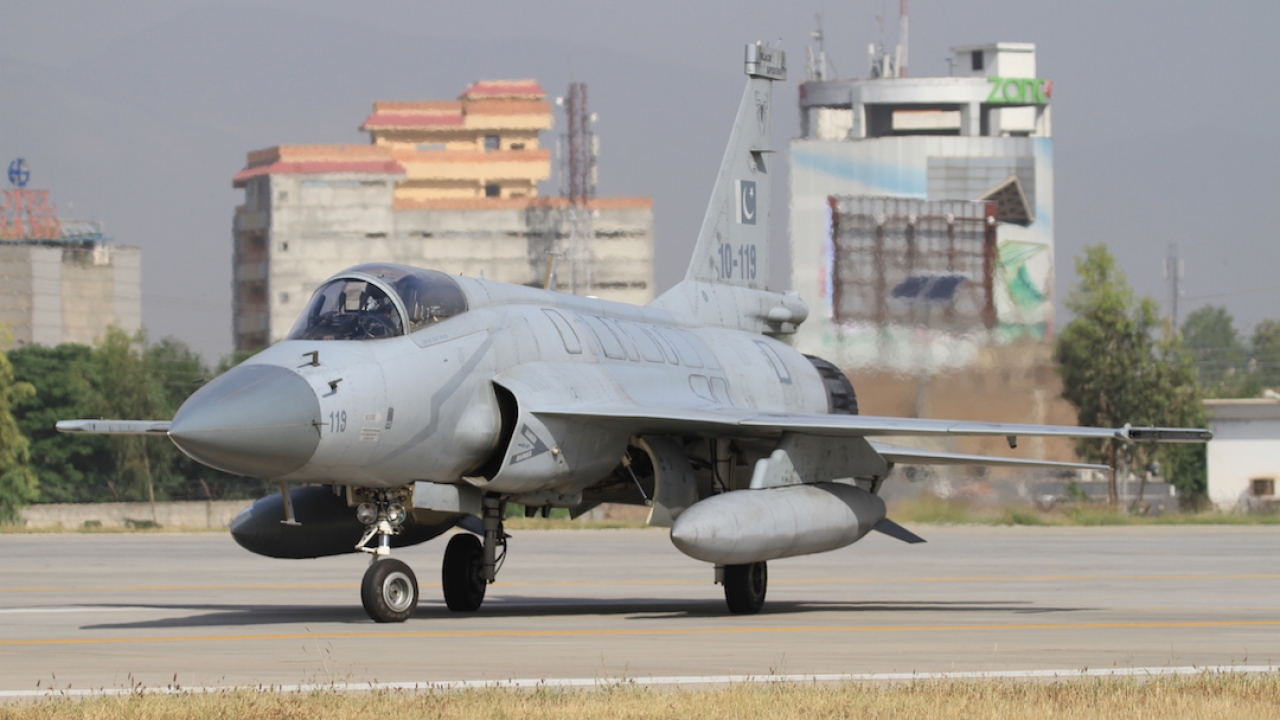

In a recent viral video clip shared on X (formerly Twitter), Dr. Shahiduzzaman, a Bangladeshi academic and outspoken commentator, has made highly controversial remarks advocating for Bangladesh to procure three squadrons of JF-17 fighter jets from Pakistan. In his statement, Dr. Shahiduzzaman boldly compared the JF-17 Thunder, a Chinese-Pakistani co-production, to the American F-35, claiming that the former offers similar advanced capabilities despite its significantly lower price tag.
Dr. Shahiduzzaman, who had earlier gained attention for his proposal to form a nuclear pact with Pakistan to counterbalance India, has stirred the pot again with his recent comments, raising eyebrows among defense analysts and policymakers in both India and Bangladesh.
Continue readingSOURCE: AFI


In a recent military exercise, the newly inducted Dhanush guns showcased their destructive firepower and pinpoint precision in conjunction with other weapon systems. The exercise provided an opportunity for the gun crews to hone their skills and demonstrate their proficiency in operating these advanced artillery systems.
The Dhanush guns, known for their long-range capabilities and accuracy, were integrated seamlessly with other weapon systems, creating a formidable force. The joint exercise allowed the troops to practice coordinated fire missions, simulating real-world combat scenarios.
Continue readingSOURCE: AFI


Israel Aerospace Industries (IAI), a global leader in aerospace and defense technologies, has further solidified its presence in India with the inauguration of its HELA facility in Hyderabad. The state-of-the-art facility will be a hub for repairing radar systems, encompassing power systems, cooling systems, IT integration, radar testing, and calibration.
The facility will employ a skilled workforce of 45 expert professionals and 80 field engineers, who will be dedicated to providing top-notch support and maintenance services to Indian customers.
Continue readingSOURCE: RAUNAK KUNDE / NEWS BEAT / IDRW.ORG
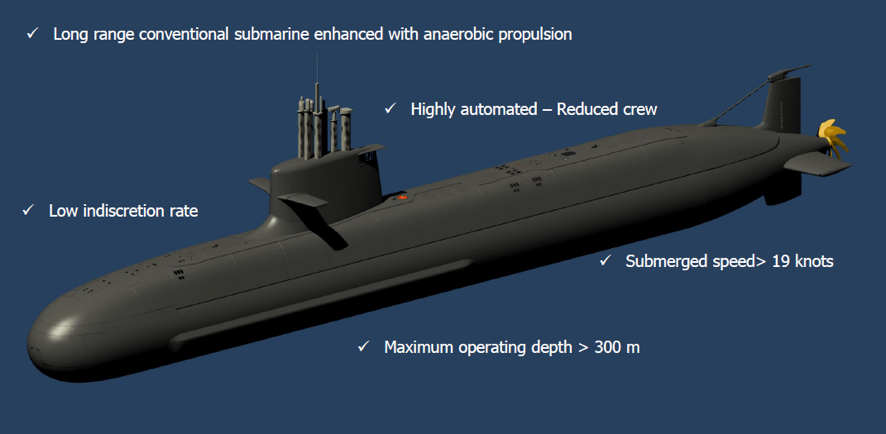

Spain’s state-owned shipbuilder, Navantia, is actively promoting its S-80 Plus submarine with the next-generation Air-Independent Propulsion (AIP) system, known as BEST (Bio-Ethanol Stealth Technology), for the Indian Navy’s Project-75I tender, which seeks to procure six advanced submarines. Navantia officials assert that the BEST AIP system offers substantial advantages over conventional AIP fuel-cell technologies, including those used by Germany’s TKMS, whose U-214NG submarine is also a contender in the same project.
Navantia’s BEST AIP system, which utilizes bio-ethanol fuel, provides a clean, efficient, and stealthy alternative to traditional AIP systems. According to Navantia, the BEST system offers superior endurance, allowing submarines to stay submerged for extended periods without surfacing for air. This endurance capability can be particularly advantageous for stealth missions, as it minimizes the submarine’s detectability.
Continue readingSOURCE: RAUNAK KUNDE / NEWS BEAT / IDRW.ORG


General Atomics Aeronautical Systems, Inc. (GA-ASI) recently made headlines with a significant contract to supply 31 MQ-9B drones to the Indian Armed Forces. This deal, which allocates 15 of these advanced UAVs (Unmanned Aerial Vehicles) to the Indian Navy, strengthens India’s maritime surveillance and reconnaissance capabilities.
However, GA-ASI is also promoting its innovative Mojave Unmanned Aircraft System (UAS) as a potential carrier-capable UAV for the Indian Navy’s evolving requirements. The Mojave, a short takeoff and landing (STOL) demonstrator, was initially developed to operate from unprepared and compact landing sites but has potential applications in carrier-based environments.
Continue readingSOURCE: RAUNAK KUNDE / NEWS BEAT / IDRW.ORG
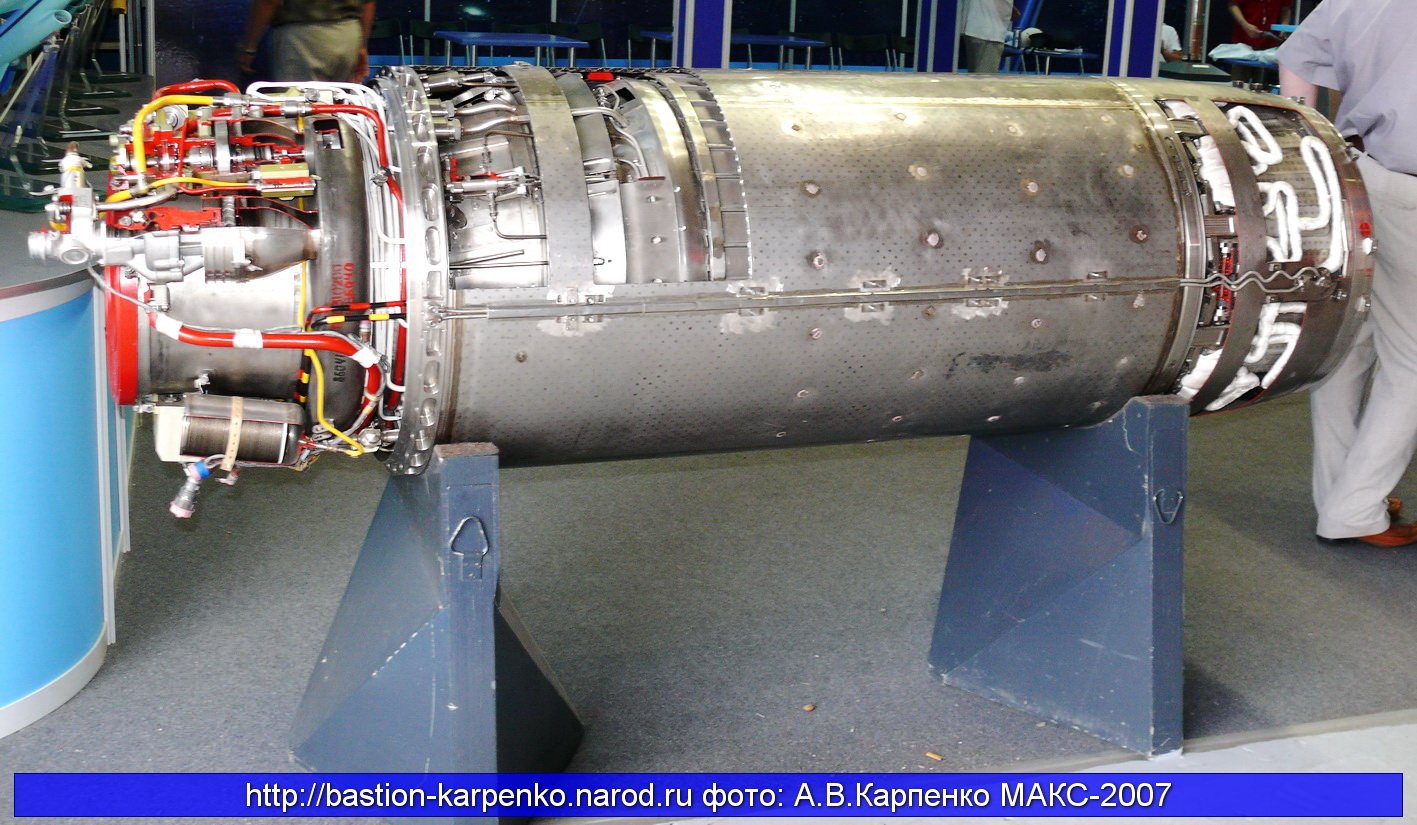

BrahMos Aerospace, the joint venture between India and Russia, is working on significant upgrades to the current ramjet engine used in the BrahMos supersonic cruise missile. The enhancements aim to achieve hypersonic speeds of Mach 5 or above within the next 4-5 years. This marks an exciting phase in the missile’s development, as the company looks to push the boundaries of speed, precision, and strike capability.
The upgraded BrahMos missile will retain the same airframe as the current version but will feature a more powerful ramjet engine capable of achieving hypersonic speeds, with a target of Mach 5. However, it’s crucial to distinguish this from the BrahMos 2K, which is expected to exceed Mach 7 speeds, placing it in the extreme hypersonic category.
Continue readingSOURCE: AFI


Alexander Maksichev, Co-Director of BrahMos Aerospace, shared insights regarding the ongoing international interest in the BrahMos missile system during a statement to the Russian news agency TASS. He revealed that discussions are actively taking place with countries such as Indonesia, Vietnam, and the United Arab Emirates (UAE) regarding potential contracts for this advanced missile system.
Maksichev noted that these nations are leading the conversations about acquiring the BrahMos missile, which highlights its growing appeal in the global defense market. While he did not disclose specific details about the negotiations, the expressions of interest from these nations indicate a significant step towards expanding the missile’s international footprint.
Continue readingSOURCE: AFI


A significant step in India’s defense capabilities is underway as a delegation led by D.K. Sunil, the Chairman and Managing Director of Hindustan Aeronautics Limited (HAL), is currently in Russia. The purpose of this visit is to finalize a deal for the license manufacturing of 240 AL-31FP aero engines, which are crucial for the Su-30MKI fighter jets currently in service with the Indian Air Force (IAF).
The AL-31FP engine has proven to be a reliable powerplant for the Su-30MKI, which is known for its agility, speed, and advanced avionics. According to sources from HAL, each Su-30MKI aircraft has a lifespan of approximately 6,000 flight hours, necessitating the replacement of engines during their operational lifetime. Specifically, a typical Su-30MKI requires three sets of engines over its service life, making this manufacturing deal of paramount importance to ensure the sustained operational readiness of the fleet.
Continue readingSOURCE: AFI


In a significant move to enhance India’s defensive capabilities, Astr Defence has signed a Memorandum of Understanding (MOU) with Munitions India Limited (MIL), one of the nation’s leading Defense Public Sector Undertakings (DPSUs). This collaborative effort aims to co-develop advanced Counter-Unmanned Aerial Vehicle (Counter-UAV) ammunition specifically designed for hard-kill Counter-UAV systems.
With the rise of drone technology and its increasing use for both recreational and malicious purposes, the need for effective countermeasures has become paramount. Drones can pose significant threats to security, privacy, and critical infrastructure. In response to this emerging challenge, Astr Defence and MIL are committed to developing innovative solutions to neutralize these threats efficiently.
Continue reading